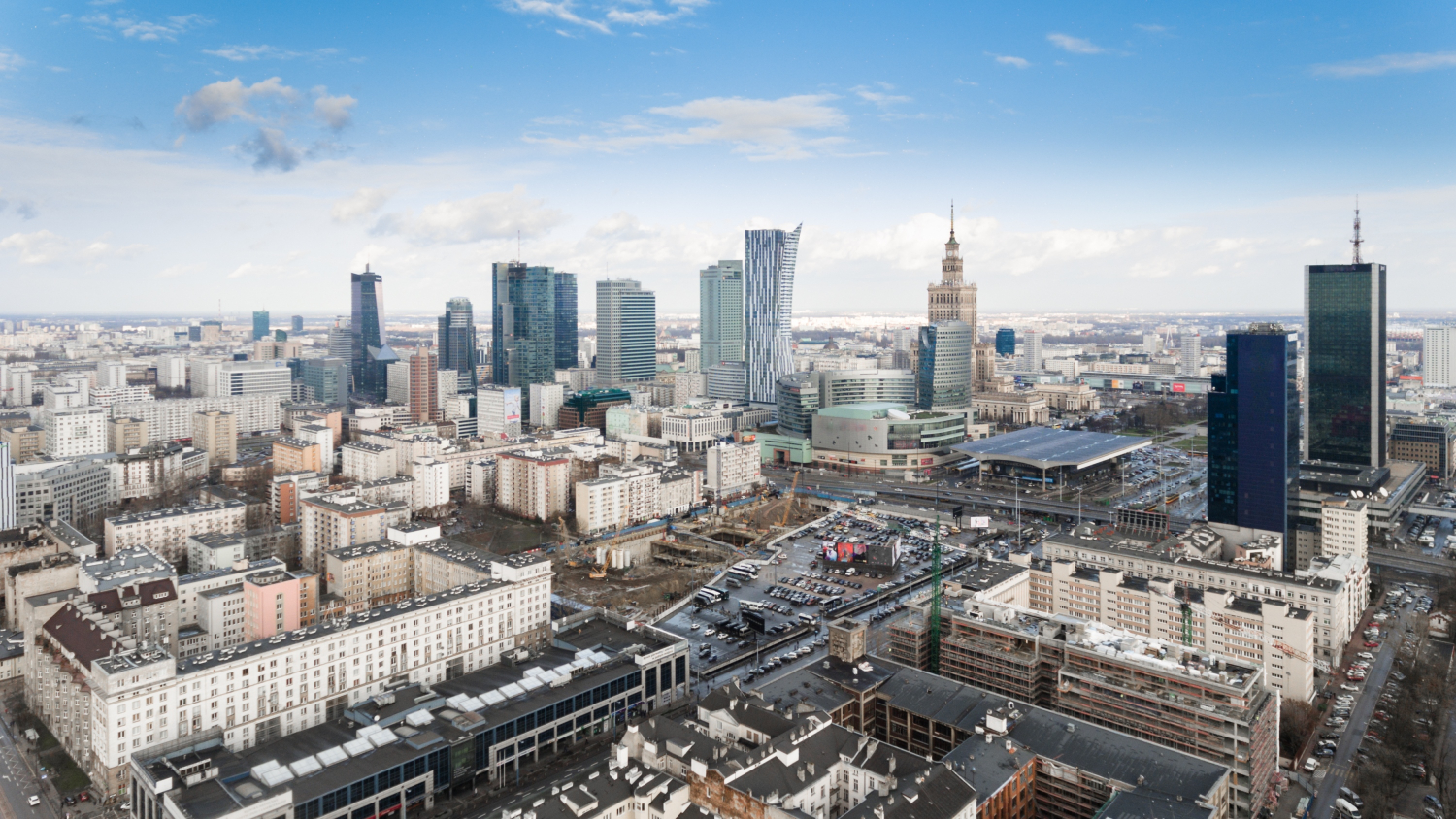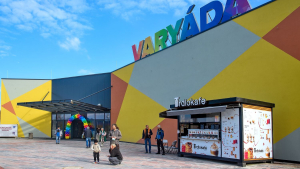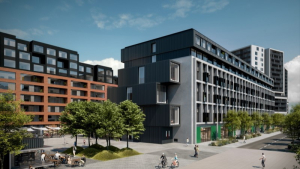
Commercial property is viewed as having below-average risk levels in most CEE countries. Revenues from different asset classes are expected to recover to pre-COVID levels most rapidly in Poland, according to the RICS Global Commercial Property Monitor for Q1 2021.
As part of the RICS Global Commercial Property Monitor survey for Q1 2021, respondents were asked a series of additional questions focussing on the perceived risk in commercial real estate since the onset of COVID, and subsequent changes in occupier behaviour.
Real estate investments are not considered risky in CEE
Survey feedback from across the commercial property sector suggests that although the perceived risk surrounding commercial real estate remains elevated, it has eased somewhat since the peak of the COVID pandemic and subsequent economic lockdowns.
The risk was measured on a scale of 1 to 6 where 3.5 would measure ‘average’ risk. The z-score shows how many standard deviations commercial property is perceived to be above or below the average level of risk. A positive reading indicates that commercial property is viewed as having above-average risk levels, while the converse is true for a negative score. Globally, the vast majority of markets have a z-score above zero, indicating that commercial property is still seen as being relatively risky. In CEE, however, 6 out of the 4 surveyed countries (Croatia, Czech Republic, Hungary, Poland) scored below zero, meaning that commercial property is viewed as having below-average risk levels.
Less perceived risk in Q1 2021 than Q2 2020
However, the sector is perceived as being less risky than during the peak of the pandemic. When the same question was asked in Q2 2020, globally, commercial property scored 1.7. In Q1 2021, the global reading for commercial property was 0.8. Although this still represents above-average risk, the degree to which it is above average has been significantly reduced. Globally, the vast majority of markets are viewed as being less risky in Q1 2021 than they were in Q2 2020. The same is true for all CEE countries except for Hungary.
Expectations still point to a reduction in office footprints
Respondents were also asked how they expected businesses to scale back their office real estate footprint over the next two years. Globally, a more drastic cut in office space is expected, with respondents forecasting an 8.6% reduction vs 7.8% in Q2 2020. This was mainly driven by the Americas and Europe, while respondents from Asia Pacific and the Middle East and Africa generally felt that less office space would be cut than they did in Q2 2020. Respondents in the United States and the United Kingdom expect a cut by between 12- 14% over the next two years, whereas in CEE this figure is only 7-9%.
Nearly 7% of office space subleased since COVID
Sub-leasing has also been a common theme since the onset of the pandemic. Globally, 6.9% of office space is estimated to have been subleased since the onset of COVID. Although there is little deviation by region, there is a fair degree of disparity by country, with more than 12% of space in Russia having been subleased, versus less than 2% in Japan. Within CEE, the lowest figure (4%) is attributed to Hungary and the highest (10%) to Bulgaria.
Quickest recovery expected in Poland
Finally, when asked how long it will take revenues from different asset classes to recover to pre-COVID levels, respondents (perhaps unsurprisingly) saw industrial and logistics assets as the quickest to recover. Meanwhile, revenues at secondary office properties, retail and some hotels could take as much as three years to recover.
Within CEE, the quickest recovery in offices, high street retail, industrial and hotels is expected in Poland, while in shopping centres, Romania is expected to bounce back the quickest.



